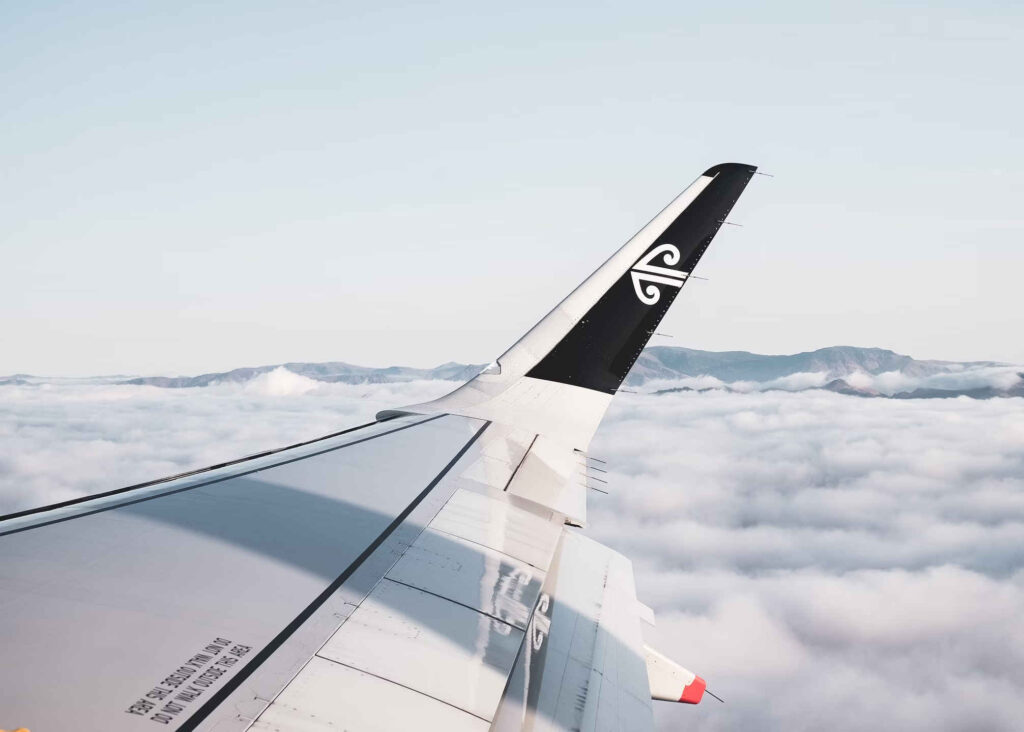
An Air New Zealand flight bound for Vancouver had to return to Auckland approximately an hour and a half after takeoff due to an issue with one of the aircraft’s flight spoilers.
The problem was identified en route, leading to the decision to turn back.
David Morgan, the airline’s chief operational integrity and safety officer, told State broadcaster RNZ that the issue was inspected and rectified by the maintenance teams, allowing the aircraft to depart again.
Flight spoilers are used to reduce the speed of an aircraft or assist in its descent. Morgan emphasized that the safety of passengers and crew is the airline’s top priority and that the pilots are well-trained to handle such scenarios. The aircraft was promptly prepared for a second takeoff and was scheduled to land in Vancouver later in the afternoon.
Image credit: Daniel Norris

Not again!
Of course we were getting used to it by now
This is what happens when redundant systems over-interrogate their byte-form systematic interrogatories via Flight Management Systems. Result this time; the spoiler did not retract fully, as it was either receiving a false signal from the FMC, OR- the hydraulic actuator had a ring in the piston that broke internally and jammed the actuator.Spoilers assist with roll control.
They also double as speed brakes on landing when they all are raised simultaneously via a signal sent by a squat switch in the main landing gears.
This is why Flight Engineers and / or jump seat Third Pilots are still needed on aircraft over 80,000 lbs empty weight. They can get out of their seats and make additional assessments as to in-flight problems and emergencies.
A Flight Data Computer cannot…!
Also, the recent door (NOT window) that blew out on the 737 Max 900 has yet to be found, BUT-
Was this door was made of carbon fiber composites (which DOES NOT have flexibility like aluminum structures do…) or was there a defect of the door seal (which inflates with increased altitude to seal the frame and door snugly into each other) then that would explain the blow-out.
Maybe Boeing needs to go back to the old-style of swing-in doors as opposed to swing-out cabin doors.
Or, single bar latching over-the-wing doors that I had on my KC-135 years ago…
Boeing may need to go back to the previous turbofan engine on the 737-series, with the state-of-the-art fuel control system on the current engine retrofitted to the previous ‘no-problem Pratt & Whitney Turbofan’ engine.
Doing so eliminates some serious boundary layer problems that have arisen with the installation of the latest engine that is above the wing chord line.
I personally will not fly on a 737-800, and I would, if I had my choice, use only Garmin Glass Screens and NO ‘fly-by-wire’ systems, for both primary and secondary flight controls.
Carbon fibre structures do not have any ductility as does aluminum.
The recent Titanic sub disaster readily proves this.
Even the C-130 underwent hydrodynamic testing for structural reliability-
The American Airlines crash days after 9-11 proved that the vertical stabilizer on the aircraft involved had a carbon fibre structure, which had no flexing, was rigid and brittle, and snapped-off inflight due to over-dynamic rudder inputs that even the yaw dampener could not correct.
That would not have happened if the structure was built out of T-Grade aircraft aluminum.
Can we have a link to this crash?